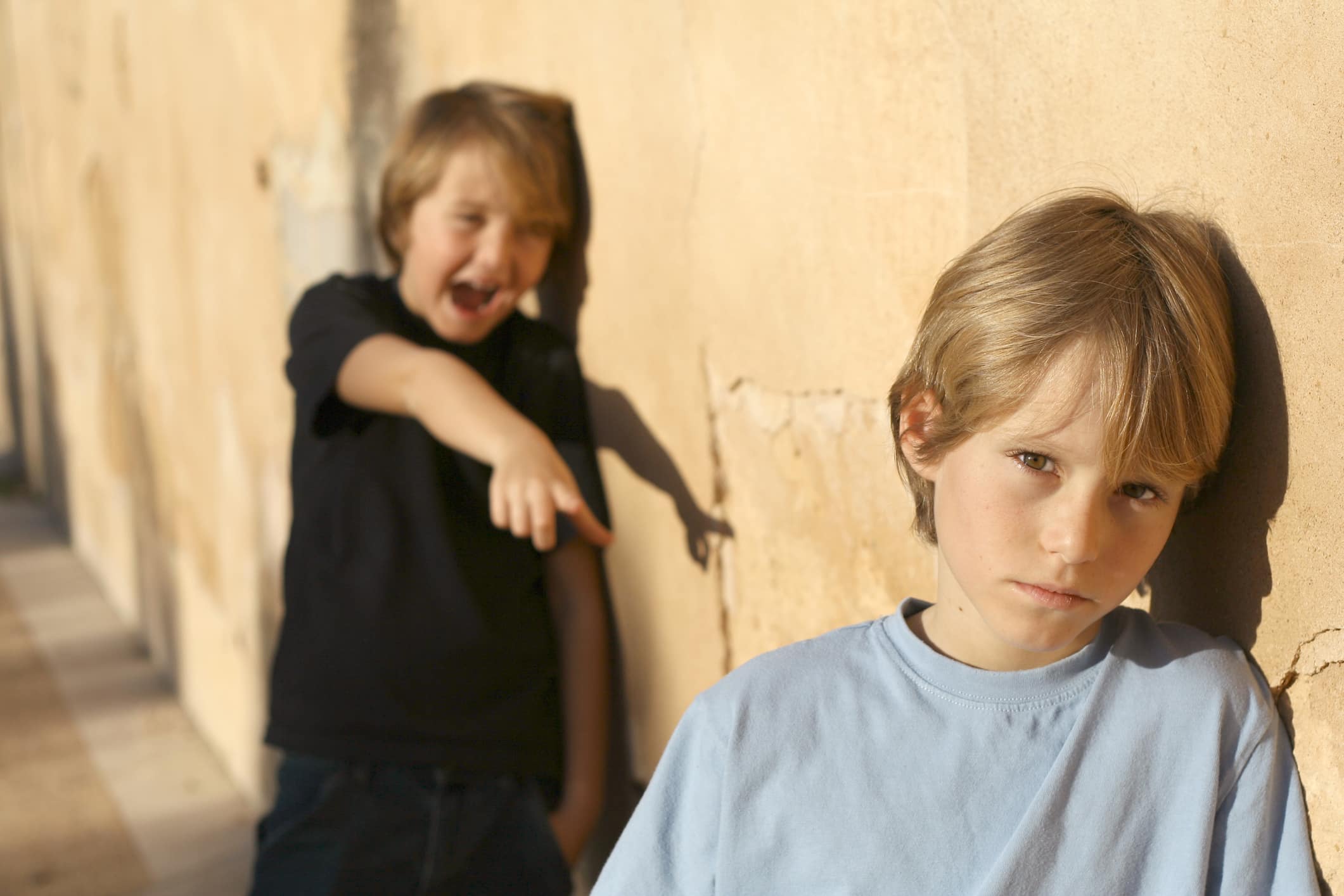Bullying seems to have become rampant in our society today. With the tremendous increase in access to ever more sophisticated technology , new ways to carry put this age old practice have emerged . Yet, whether it is the physical bullying between boys in the school yard, social media and cyber bullying by so called ” mean girls” in and out of school, or the supervisor at work who uses tactics of intimidation to create a culture of fear , they all carry some common underlying psychological and behavioral patterns. One person is seen as weak or due to certain circumstances ends up in a weaker position and another person or people use techniques, designed to humiliate and harm them. Sometimes this is done to get something the other person wants, but at other times the bully or bullies just seem to like the feeling of power that this behavior brings them.
Are bullying behaviors increasing among our young people today or were they always there and more focus is being put on the issue in our current world? Many people think of “girl bullying” behaviors such as excluding someone from a high school clique or constantly making fun of their clothes and fashion sense as being a “softer” version, maybe not quite as bad as physical violence. Yet, it can inflict emotional scars that impact the victim long into adulthood, sometimes through their entire life.
We want to teach our kids to be kind to each other, to share and help bring the classmate or playmate along that appears weaker but are we inadvertently sending them mixed messages as society as a whole values success and winning more and more. What kind of role modeling are we providing to them in the media, in our everyday lives, as we wait in line at the grocery store or drive in traffic or even compete for the promotion at work? Is there a way to raise children who will be successful and ambitious, yet be able to achieve their goals without kicking someone off the ladder behind them? Patterns of bullying or treating one family member or sibling badly,being constantly overtly critical of them can occur in families and often persist throughout life, even when people have grown up and have their own children. The victims in many situations often do not speak up in order to âkeep the peaceâ or not to be rude.
These are questions that do not always have a clear cut answer. The more overt forms of bullying are still present, may be easier o identify as long as someone comes forward, either a victim or an observer. Those need to be dealt with in a decisive manner and a culture needs to be created in our schools and workplaces that allow people to come forward without fear. The situations that are not so easily resolved are when the intimidation is more in a grey zone.
Also, what about simple teasing? When is it good natured fun and when does it go too far harming another person? One way to set some clear stop signs is when the other person is getting upset or uncomfortable. Let us teach our kids to learn to put themselves in the other person’s shoes, think about what they are experiencing, empathize with them rather than always think of them as the other.
Surita Rao, M.D. is the physician leader of the Behavioral Health Services at Saint Francis Care and host of the show, Mental Health with Dr. Surita Rao on the VoiceAmerica Health and Wellness channel. She completed medical school at Bankura Sammilani Medical College in India and did her psychiatry residency training at St.Vincentâs Hospital in Staten Island, New York and the Yale University School of Medicine. She did her addiction psychiatry fellowship at the Yale University School of Medicine. She has been on the faculty at both Yale and Emory Universities. She is an Assistant Clinical Professor with the University of Connecticut School of Medicine.
Her clinical work has focused on addiction psychiatry, including both substance use disorders and dual diagnosis issues. She has worked with impaired physicians and other health care professionals.
Upon completing her fellowship training, she worked as the Medical Director of the methadone maintenance clinics at Yale University School of Medicine. She has been the Chair of Behavioral Health at Saint Francis since 2002 and is the President of the Saint Francis Behavioral Health Group.
Dr. Rao is on the Board of Directors for the American Society of Addiction Medicine and is co-chair of their national membership committee. She is also on the Executive Committee of the Connecticut Chapter.
Dr. Rao is chair of the physiciansâ health committee at Saint Francis. She also serves on the Board of the Saint Francis Foundation and has been appointed as a Corporator for Saint Francis Care.






